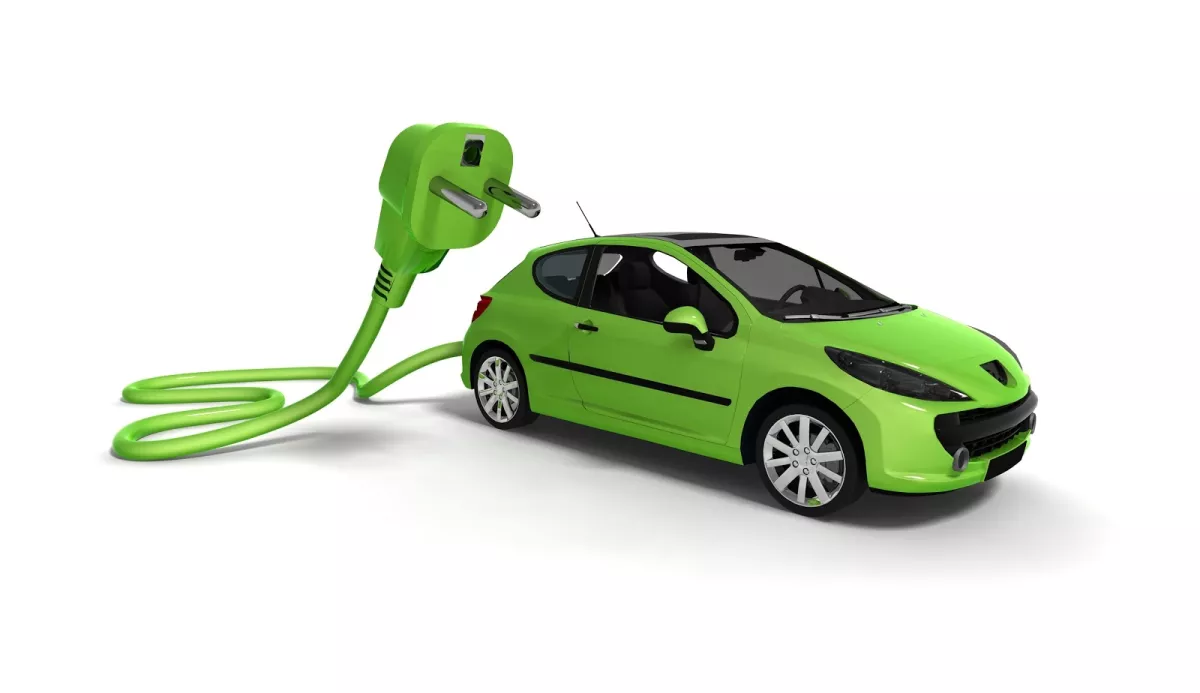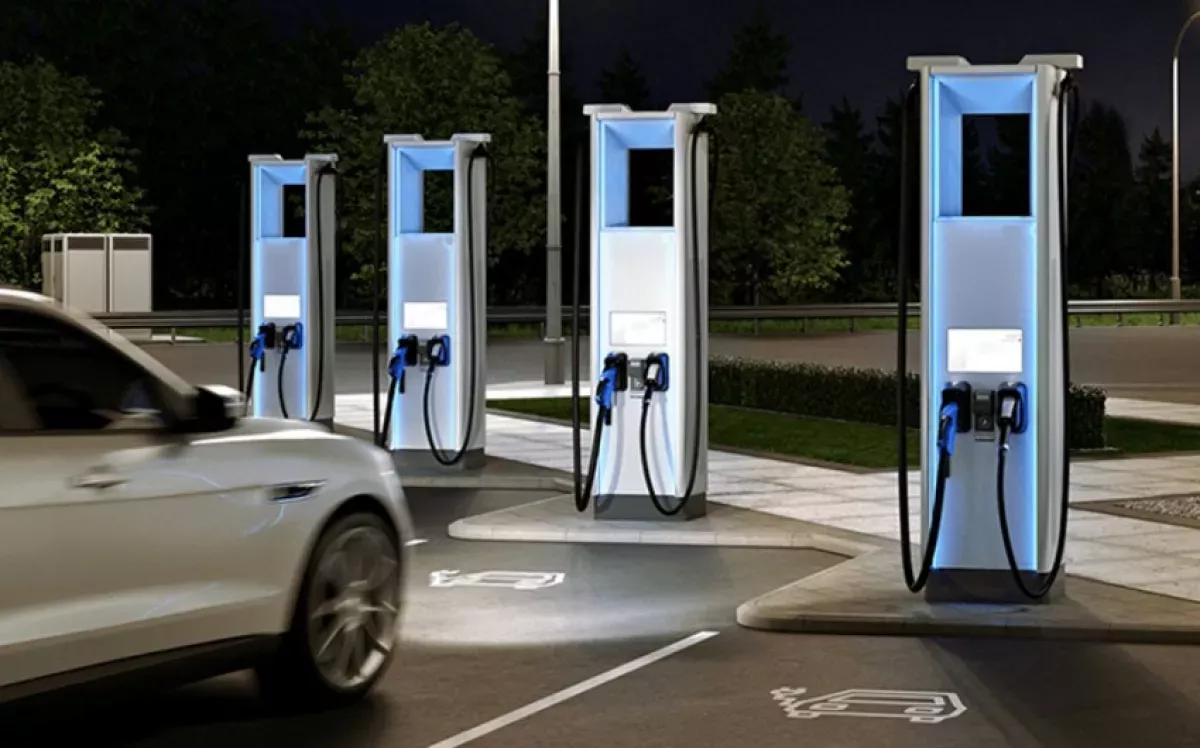Green transformation with an Azerbaijani twist From gasoline to battery
The world’s leading economies—chiefly China, the European Union, and the United States—are accelerating the global shift toward cleaner energy, with transportation emerging as a key focus of this transformation. According to the International Energy Agency (IEA), electric vehicle (EV) sales are projected to rise by 25% in 2025, with one in every four cars sold expected to be electric.
This green momentum is increasingly felt in Azerbaijan as well. In recent years, the country has introduced customs and tax incentives to support the import and sale of electric and hybrid vehicles, along with their charging infrastructure. Azerbaijan is also actively expanding its network of charging stations. To provide direction and structure to this process, the Ministry of Energy has developed a national electric mobility strategy, which will be implemented in two stages.
Despite ongoing geopolitical tensions and recent economic headwinds, the global push for electric mobility shows no signs of slowing down. By 2035, over half of all ground vehicles worldwide are expected to be electric. Production and sales of EVs have been rising steadily, and the IEA forecasts that nearly every fourth car sold globally in 2025 will be electric. This would bring global EV sales to a record 20 million units—a significant milestone in the world’s transition to sustainable transportation.
According to IEA data, global electric vehicle (EV) sales reached 4 million in the first quarter of this year, marking a 35% increase compared to January–March of the previous year. This growth rate was the highest recorded for the period in several years.
Similar statistics are provided by UK-based research firm Rho Motion: in the first half of 2025, global EV sales rose by 28%, reaching 9.1 million units. China leads the way, accounting for 5.5 million EVs sold between January and June—a year-on-year increase of 32%. In the European Union, 2 million electric vehicles were sold during the same period, reflecting a 26% rise. Norway remains the undisputed leader in passenger vehicle electrification in Europe: according to official data, nearly nine out of ten cars sold in 2024 ran on electric power.
In contrast, North American countries are lagging behind: during the first half of the year, the EV segment in the United States, Canada, and Mexico saw a 3% decline.

Despite more modest sales dynamics, the number of electric and hybrid vehicles in Azerbaijan has been growing steadily year by year. One of the government’s strategic goals under the “Azerbaijan 2030” vision is to promote the development of “green” transport, including through the creation of favourable conditions for gradually increasing the share of vehicles with environmentally friendly engines. Four years ago, the import of electric vehicles was exempted from value-added tax (VAT), followed by a three-year exemption introduced in 2022 for the import and sale of hybrid vehicles with engines below a certain capacity. Customs duties were also waived for the import of EV charging equipment.
The government’s efforts to increase the share of eco-friendly vehicles have had a positive impact on the dynamics of hybrid and other “green” car imports, which saw significant growth in 2023–2024. A similar trend continued this year: in January–June 2025, Azerbaijan imported 23,000 hybrid vehicles—2.6 times more than in the same period the year before. However, imports of fully electric vehicles declined by 38%, with only 929 units brought into the country during the first half of the year.
According to figures presented in May 2025 at public discussions in Baku titled “Green Transport Business: Opportunities and Prospects,” Azerbaijan had a total of 6,974 electric vehicles and 83,351 hybrid cars. In addition, 608 charging stations were installed at 291 locations across the country. Overall, environmentally friendly vehicles—electric and hybrid passenger cars—account for 4.7% of all officially registered vehicles in the country.
The figures show that the number of hybrid vehicles is nearly 12 times greater than the number of fully electric cars, with the import growth of the latter noticeably slowing this year. This is hardly surprising, as plug-in hybrid electric vehicles (PHEVs) combine an internal combustion engine (ICE) with electric motors, making them more versatile in use. Hybrids are not dependent on charging stations, which is crucial for developing countries (Azerbaijan included), where the charging infrastructure remains insufficiently widespread.
In contrast, sales of fully electric vehicles are held back by their higher price, especially the cost of battery replacements and relatively expensive charging equipment. Equally important is the limited number of stationary charging stations, whose geographic coverage is mainly confined to Baku and other large cities.

To address the aforementioned challenges, optimise the regulatory framework, create incentive mechanisms for relevant private sector industries, and develop infrastructure for the maintenance and repair of electric vehicles, Azerbaijan’s Ministry of Energy has developed an electric mobility strategy along with a corresponding national implementation plan.
“The development of the electric mobility strategy has been completed, the document has been submitted to the government for consideration, and negotiations are underway,” said Javid Abdullaev, Director of the State Agency for Renewable Energy Sources, during the opening ceremony of the Center of Excellence and workshops on "Operation of Renewable Energy Facilities and Equipment."
Previously, the Ministry of Energy announced that the National Electric Mobility Plan is to be implemented in two main stages: the first stage, covering 2025–2027, involves developing the regulatory framework to ensure the development and operation of basic electric mobility infrastructure in the country. The second stage, spanning 2028 to 2030, focuses on attracting the private sector—supported by the government—to develop the relevant market, including expanding charging infrastructure capacity. A key objective of this second phase is to establish incentive mechanisms to encourage business entities to participate in the creation of electric vehicle charging stations.
Notably, under a presidential decree promoting the use of electric vehicles, plans are underway to install at least 77 additional charging points in Baku and its surrounding areas, at least 70 along main highways, and at least 20 in territories liberated from occupation. In line with the growing adoption of electric mobility, amendments are being coordinated to the laws “On Energy” and “On the Use of Renewable Energy Sources in Electricity Generation.”
Based on the experience of several post-Soviet countries that are actively developing the passenger electric vehicle sector, Azerbaijan is also expected to require legislative regulation regarding access for operators to apartment buildings to organise charging infrastructure, as well as harmonisation of construction and fire safety standards in this area. To foster the development of charging infrastructure, it would be optimal to develop a subsidy programme for building publicly accessible charging stations, connecting them to the electrical grid, and allocating land plots for these purposes amid dense urban development.
Notably, alongside private “green” vehicles, Azerbaijan is striving to expand the use of electric public transport. Recently, 161 new electric buses have been imported into the country, and their assembly is soon to be localised. In particular, the Chinese company BYD is building a plant for electric bus production in the Sumgayit Chemical Industrial Park (SCIP), investing approximately 29 million Azerbaijani manats (around $17 million) in the project. The necessary infrastructure has already been established in the chemical park, and work has begun on installing assembly lines for electric buses. Additionally, at the end of last year, fully electric ambulances equipped with fast-charging capabilities were procured for use in Baku.








